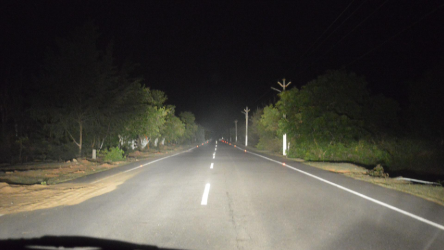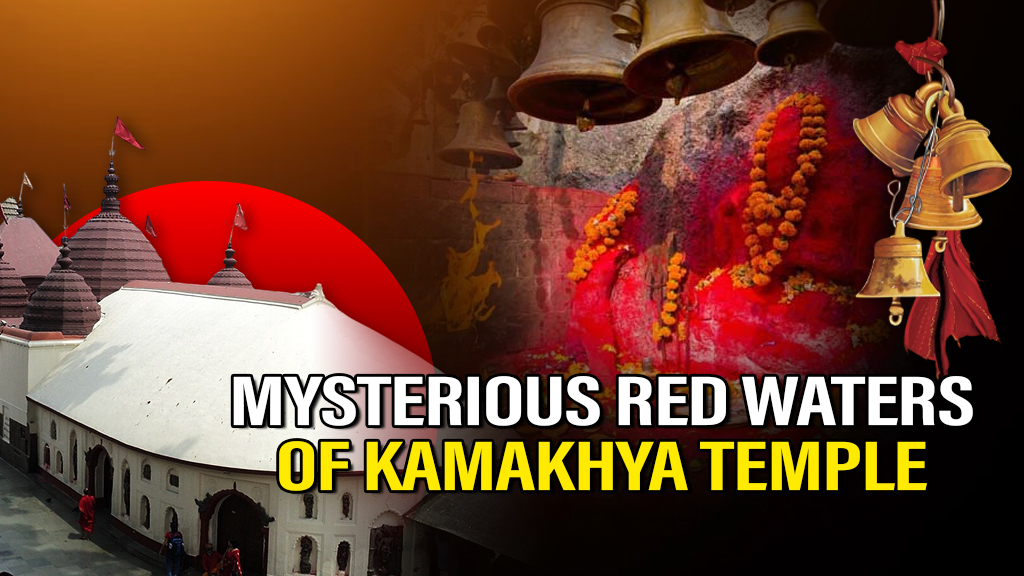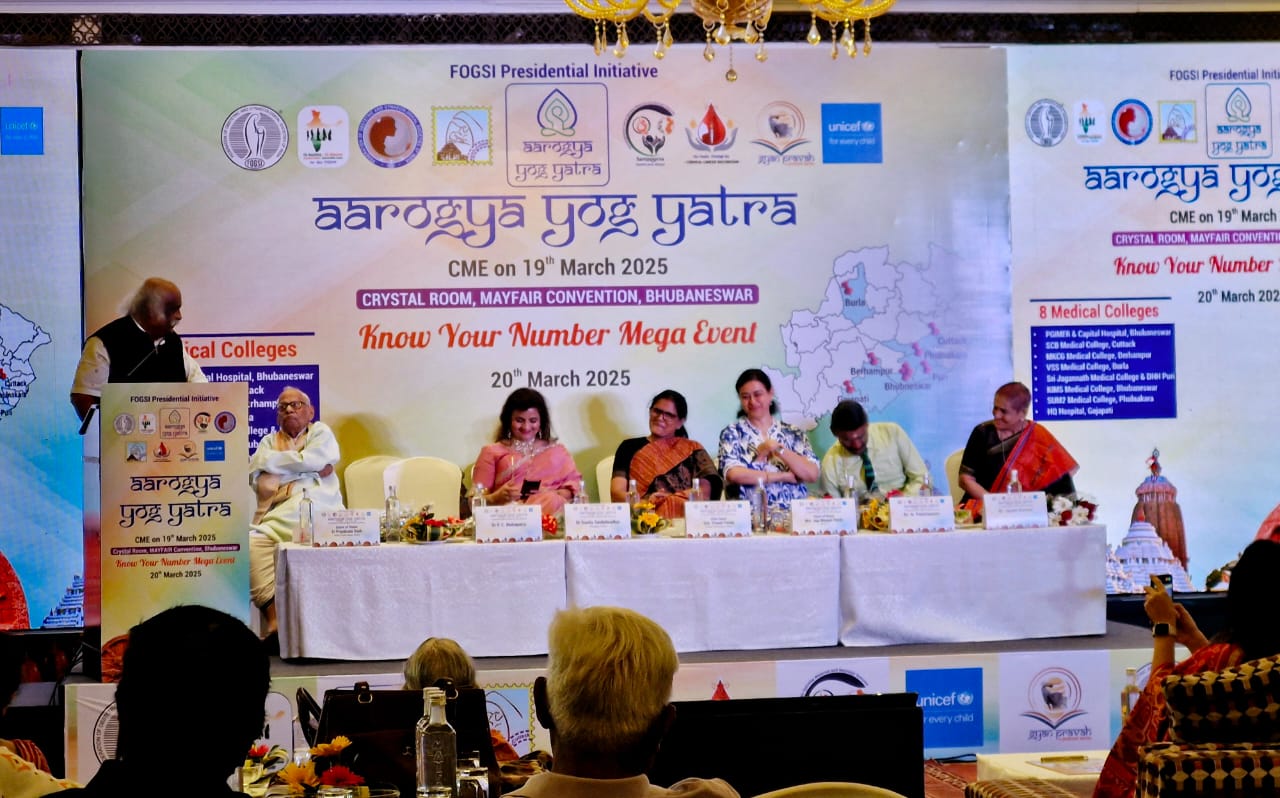Bhubaneswar: Nestled in the verdant landscape of Odisha's Dhenkanal district lies Bhuban, a settlement that has gained recognition for its claim as the largest village in Asia. While definitive verification of this title remains challenging due to varying definitions of "village" across Asian countries, Bhuban undeniably stands out for its remarkable size and cultural significance. It also is the birthplace of freedom fighter, Baji Rout.
Spread across approximately 12 square kilometers, Bhuban defies the typical image of a rural Indian village. With a population exceeding 30,000 according to recent estimates, it represents an interesting middle ground between rural settlement and urban center.
"Bhuban is neither fully rural nor urban in the conventional sense," explains Dr. Pratap Kumar Mohapatra, a cultural historian from Utkal University. "It maintains village administration structures but has developed many small-town characteristics, which makes it fascinating from an anthropological perspective."
The settlement's origins trace back several centuries, with historical records mentioning Bhuban as an important cultural center during the medieval period. Located about 100 kilometers from Odisha's capital Bhubaneswar, the village sits at the foothills of the Eastern Ghats, lending it a picturesque setting that contrasts with its substantial size.
Administratively, Bhuban operates as a Notified Area Council (NAC) under Odisha's governance structure, yet many residents and regional historians continue to identify it as a village due to its predominantly rural character and traditional governance systems that have persisted alongside modern administrative frameworks.
The economy of Bhuban presents an intriguing blend of agricultural activities and small-scale industries. Rice cultivation dominates the agricultural landscape, while the village has gained recognition for its brass work, handloom textiles, and traditional handicrafts.
Ramesh Sahoo, a local brass artisan, speaks with pride about Bhuban's craftsmanship: "Our techniques have been passed down through generations. Even as the village has grown, we've maintained our traditional methods that make Bhuban's brass items distinctive throughout Odisha."
The religious landscape of Bhuban reflects the broader cultural heritage of Odisha. The village hosts several ancient temples, with the Maa Hingula Temple standing as one of the most significant cultural landmarks. During festivals like Dola Purnima and Raja Parba, Bhuban transforms into a vibrant cultural hub, attracting visitors from surrounding regions.
Despite its size and cultural importance, Bhuban faces challenges typical of rural-urban transition zones in India. Infrastructure development struggles to keep pace with population growth, while traditional occupations face pressure from modernization and changing economic patterns.
"The biggest challenge for Bhuban is balancing development with cultural preservation," notes Sasmita Panda, a local schoolteacher. "We want better roads and facilities, but not at the cost of what makes Bhuban special."
It's worth noting that while Bhuban is widely referred to as Asia's largest village in regional literature and tourism materials, this claim should be approached with some caution. Different Asian countries define "village" differently in their administrative frameworks, making direct comparisons difficult. Some scholars argue that settlements in China or Indonesia might compete for this title under different classification systems.
What remains undisputed, however, is Bhuban's significance within Odisha's cultural landscape. The settlement serves as an important case study in how traditional rural communities evolve when they reach exceptional size without fully transitioning to urban status.
For visitors to Odisha seeking experiences beyond the well-trodden tourist paths of Puri and Konark, Bhuban offers insights into the region's living cultural heritage. The weekly market (haat) provides a colorful glimpse into local commerce, while the settlement's religious festivals showcase traditional performing arts that have been preserved through generations.



















































